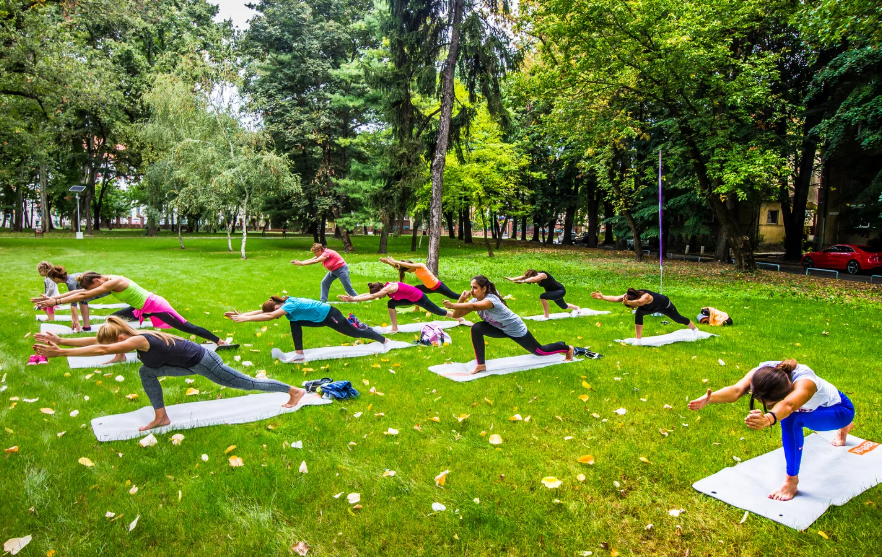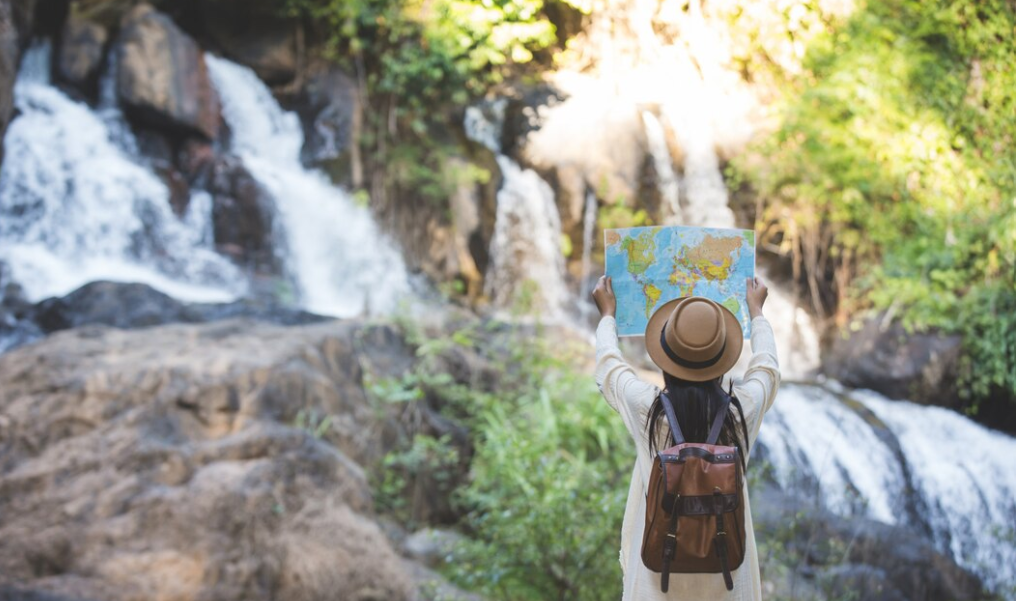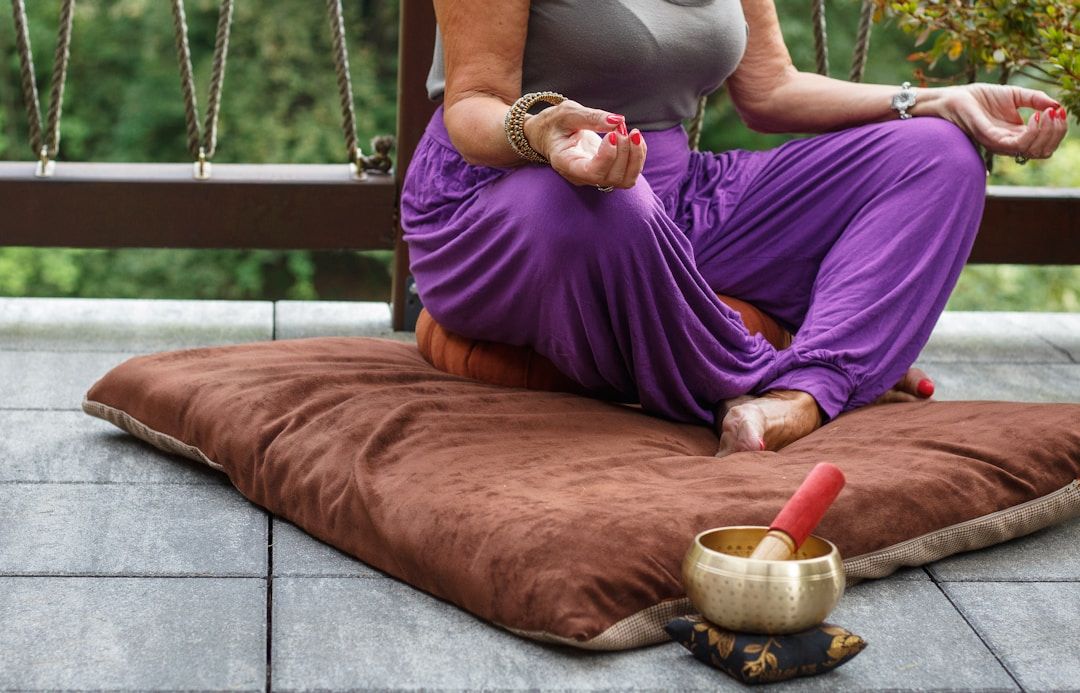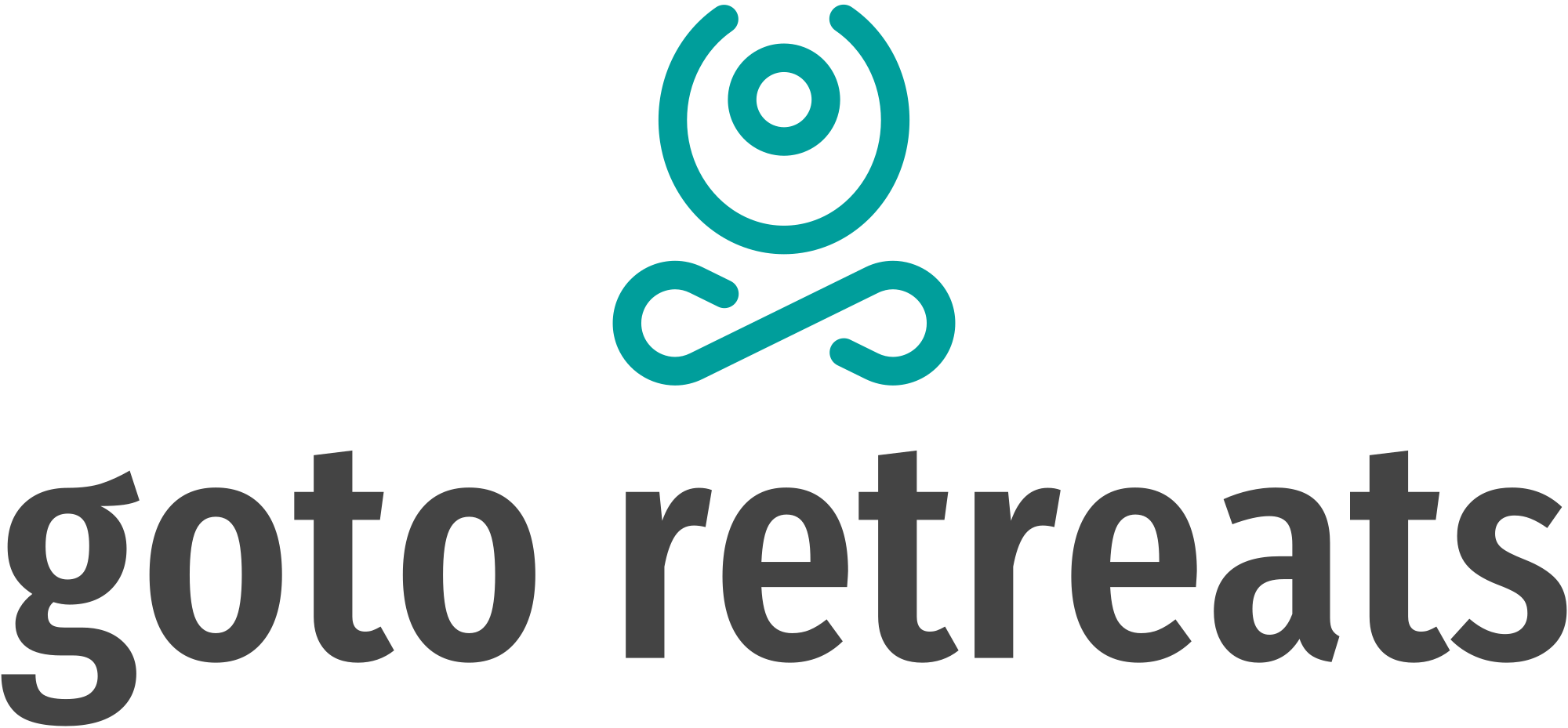Planning a retreat is an opportunity to design an experience that leaves participants feeling refreshed, grounded, and fulfilled. The right itinerary is not just a schedule—it’s a carefully balanced journey that blends moments of activity with space for rest and reflection. A mindful itinerary allows attendees to truly connect with themselves and the retreat environment, ensuring they leave with a sense of renewal.
This blog covers strategies for crafting an itinerary that balances structure with flexibility, incorporating mindfulness breaks, and fostering a rhythm that aligns with the retreat’s goals. By creating a well-thought-out schedule, retreat hosts can provide an environment where participants can fully engage, recharge, and enjoy the journey at their own pace.


1. Designing a Schedule that Balances Activity, Rest, and Personal Time
A thoughtfully balanced schedule ensures that each participant can experience the retreat in a way that feels meaningful and restorative.
1.1 Begin with the Core Purpose of the Retreat
Start by identifying the retreat’s primary purpose, as this will shape the overall flow of the itinerary. Consider the following:
- Define Goals: Determine whether the retreat is centered on wellness, creativity, team-building, or spiritual growth. This purpose will guide the intensity and structure of activities.
- Set an Intentional Flow: Map out the retreat’s daily structure based on its purpose. For instance, a wellness retreat may benefit from morning meditations, midday movement, and evening reflections, creating a rhythm that aligns with personal healing and relaxation.
1.2 Incorporate Different Types of Activities
To maintain energy and engagement, it’s essential to vary activities throughout the day:
- Physical Activities: Schedule energizing activities like yoga, hiking, or dance in the morning or mid-afternoon to boost energy levels.
- Reflective Sessions: Plan introspective activities such as journaling, mindfulness exercises, or silent meditation during quieter parts of the day.
- Creative Expression: Activities like painting, journaling, or group discussions can provide a creative outlet and allow participants to process and share their experiences.
1.3 Schedule Personal Time for Reflection
Personal time is crucial for retreat attendees to recharge, reflect, and process their experiences:
- Free Time: Allow for periods of free time in both the morning and evening. This gives participants a chance to relax, connect with nature, or simply rest.
- Quiet Zones: Designate quiet areas or “reflection zones” where participants can go for solitude and contemplation without interruptions.
- Encourage Self-Care: Remind participants to use this time for self-care, whether that means taking a nap, journaling, or walking through nature.

2. Integrating Mindfulness Breaks and Flexible Sessions
Mindfulness breaks are a key element in creating a balanced retreat, allowing attendees to check in with themselves and reset before the next activity.
2.1 Plan for Short Mindfulness Breaks Throughout the Day
Regular mindfulness breaks help participants stay grounded and relaxed. Here are a few ways to incorporate them:
- Guided Breathing Exercises: Between longer sessions, lead a 5-10 minute breathing exercise to help participants relax and reset.
- Stretching Breaks: Encourage gentle stretching or simple yoga poses to release physical tension and re-energize the body and mind.
- Quiet Reflection Moments: After each activity, allow a few minutes for participants to reflect quietly on the experience, encouraging them to bring awareness to their thoughts and emotions.
2.2 Create Space for Flexible, Optional Sessions
Offering flexible or optional sessions allows participants to choose activities that resonate most with their needs:
- Optional Evening Sessions: In the evenings, offer optional sessions like guided meditation, storytelling circles, or creative activities. This gives attendees the freedom to participate or enjoy quiet time as they see fit.
- Small Group Activities: Allow participants to break into smaller groups for activities, encouraging more personal interaction and accommodating individual preferences.
- Self-Led Sessions: Provide suggestions for self-led sessions, such as solo nature walks, meditation, or journaling prompts. These activities give participants space to explore and reflect independently.

3. Strategies for Mindful and Purposeful Scheduling
When planning an itinerary, mindful scheduling ensures that each activity aligns with the retreat’s purpose and participant needs.
3.1 Start and End Each Day with Intention
Beginning and ending each day with intention sets a grounded tone for participants:
- Morning Intention Setting: Start the day with a gentle intention-setting activity, such as a brief meditation or group circle, where participants can express their goals for the day.
- Evening Reflection: Conclude each day with a calming, reflective activity like a gratitude circle or guided journaling, giving attendees time to process their experiences and emotions.
3.2 Avoid Over-Scheduling by Prioritizing Quality Over Quantity
A mindful retreat itinerary values depth over activity overload:
- Prioritize Key Activities: Focus on a few core activities that align with the retreat’s purpose rather than filling every minute with programming.
- Build in Buffer Time: Leave a few minutes of buffer time between sessions to account for transitions, rest, or unexpected delays. This helps prevent attendees from feeling rushed.
- Use Open Blocks: Include blocks of open time in the itinerary where participants can make personal choices, such as resting or engaging in self-led activities.
3.3 Balance Indoor and Outdoor Experiences
Balancing indoor and outdoor activities can enhance the retreat experience:
- Nature-Based Activities: Incorporate outdoor activities like forest bathing, mindful walks, or guided hikes. Nature offers a calming environment that encourages mindfulness and relaxation.
- Indoor Comforts: Schedule indoor sessions for activities requiring focus or group discussion. Creating a cozy, inviting atmosphere with comfortable seating and warm lighting can promote connection.

4. Ideas for Enhancing the Retreat Experience with Mindfulness Practices
A mindful itinerary doesn’t just include activities—it integrates moments that deepen the retreat’s impact and help participants feel fully present.
4.1 Incorporate Mindful Eating Practices
Mindful eating sessions allow participants to connect with food in a relaxed and intentional way:
- Silent Meals: Begin meals with a few minutes of silence, inviting participants to appreciate the flavors and textures of each bite.
- Farm-to-Table Experiences: If possible, offer locally sourced or farm-to-table meals and share the story of where the food comes from. This adds a mindfulness aspect and a sense of connection to the local environment.
4.2 Host Guided Nature Meditations
Nature is a powerful setting for mindfulness, offering opportunities to practice presence in the natural world:
- Mindful Walks: Guide participants on a mindful walk where they engage with their surroundings, noticing sounds, colors, and scents.
- Outdoor Meditations: Lead outdoor meditation sessions that invite participants to connect with the natural elements, from the warmth of the sun to the sounds of rustling leaves.
4.3 Encourage Reflection with Journaling Prompts
Journaling is a valuable tool for self-discovery and processing retreat experiences:
- Daily Journaling: Offer time for daily journaling, providing prompts that encourage reflection on the day’s activities and personal insights.
- Prompt-Based Sharing: Consider providing prompts that invite participants to explore their inner thoughts, challenges, and moments of joy. This can also be a great way to conclude the retreat, leaving attendees with lasting reflections to take home.
Conclusion
Creating a mindful itinerary for a retreat is a dynamic process that requires thoughtful planning and a deep understanding of attendee needs. By balancing activity with rest, integrating mindfulness practices, and allowing for flexibility, retreat hosts can create a schedule that resonates with attendees on a personal level. A balanced itinerary not only enhances the retreat experience but also encourages participants to connect with themselves, the group, and the retreat setting in a meaningful way.
For GoTo Retreats, designing mindful itineraries means going beyond schedules and embracing a holistic approach that fosters well-being, reflection, and connection. By incorporating these principles, retreat hosts can craft a memorable experience that empowers participants to embrace mindfulness, discover personal insights, and leave with a renewed sense of purpose.

